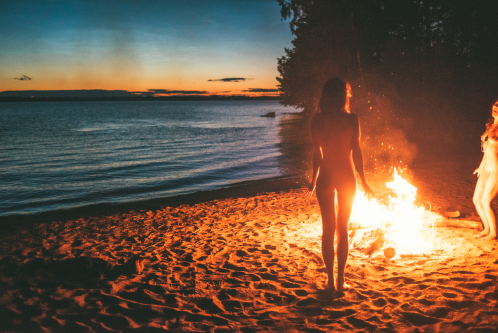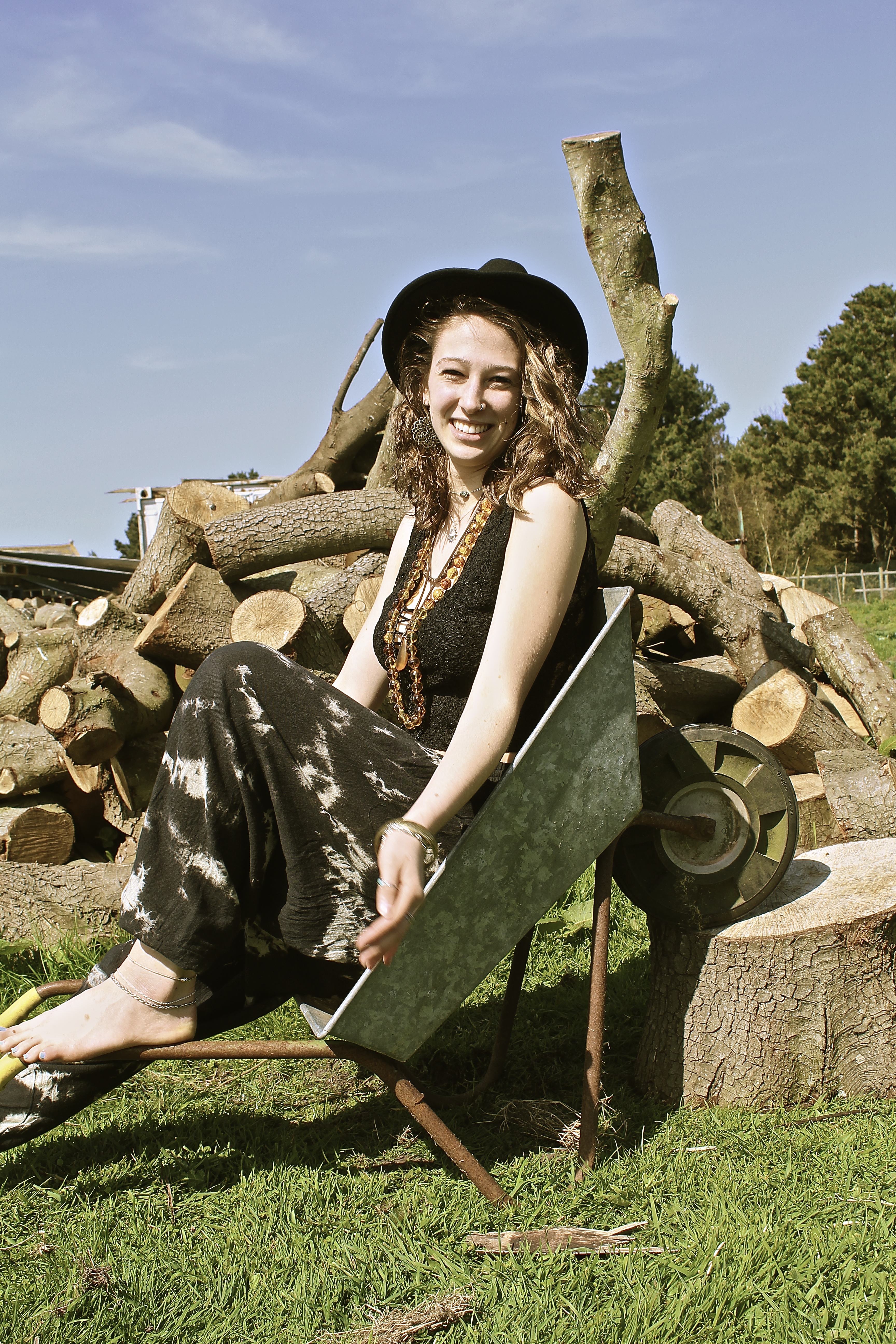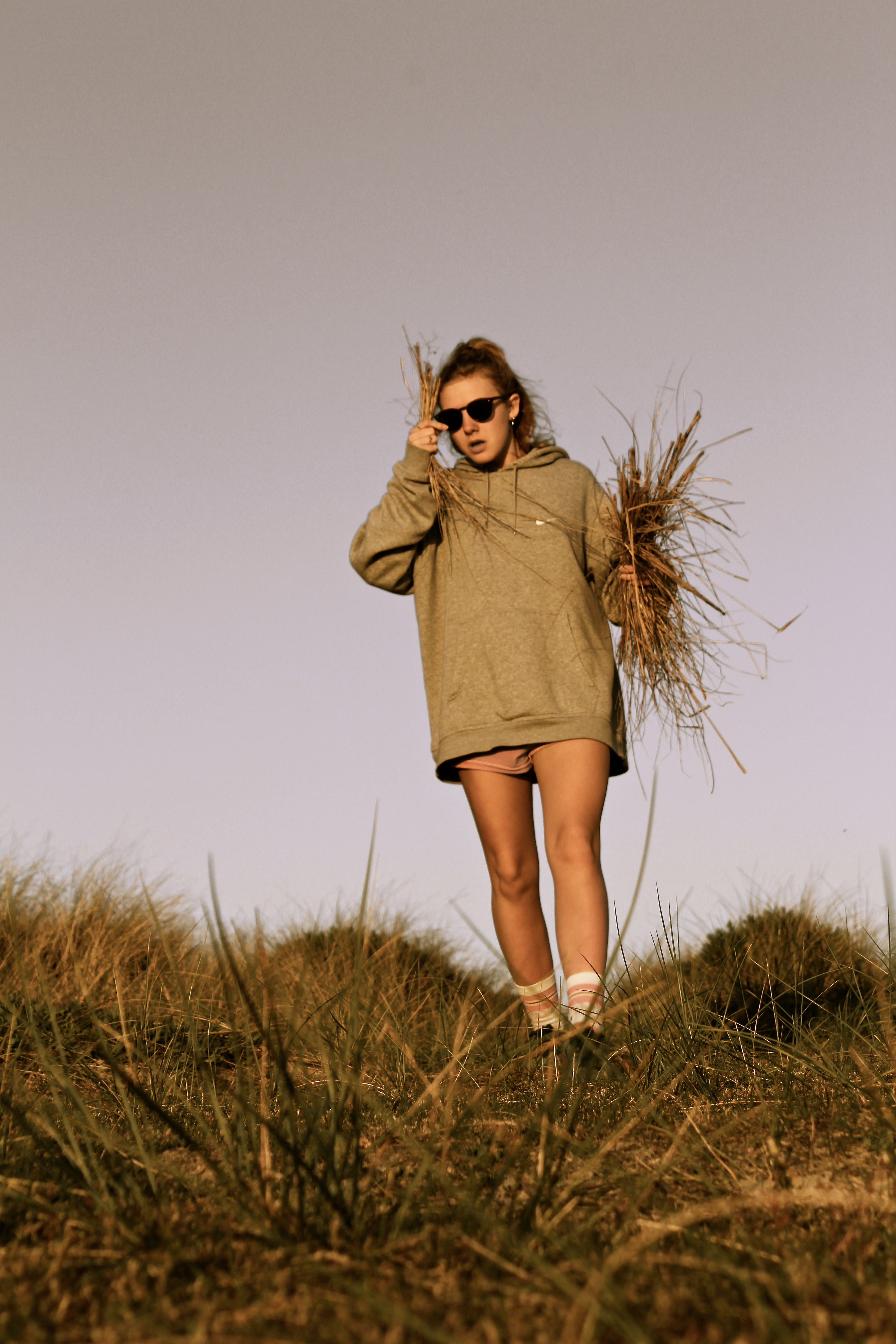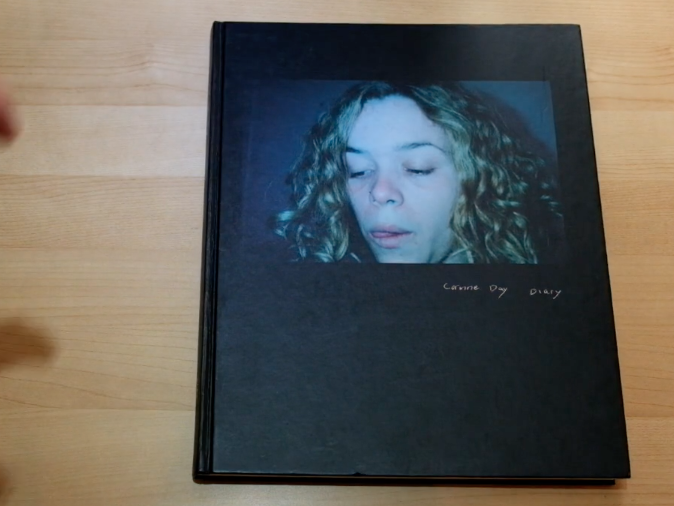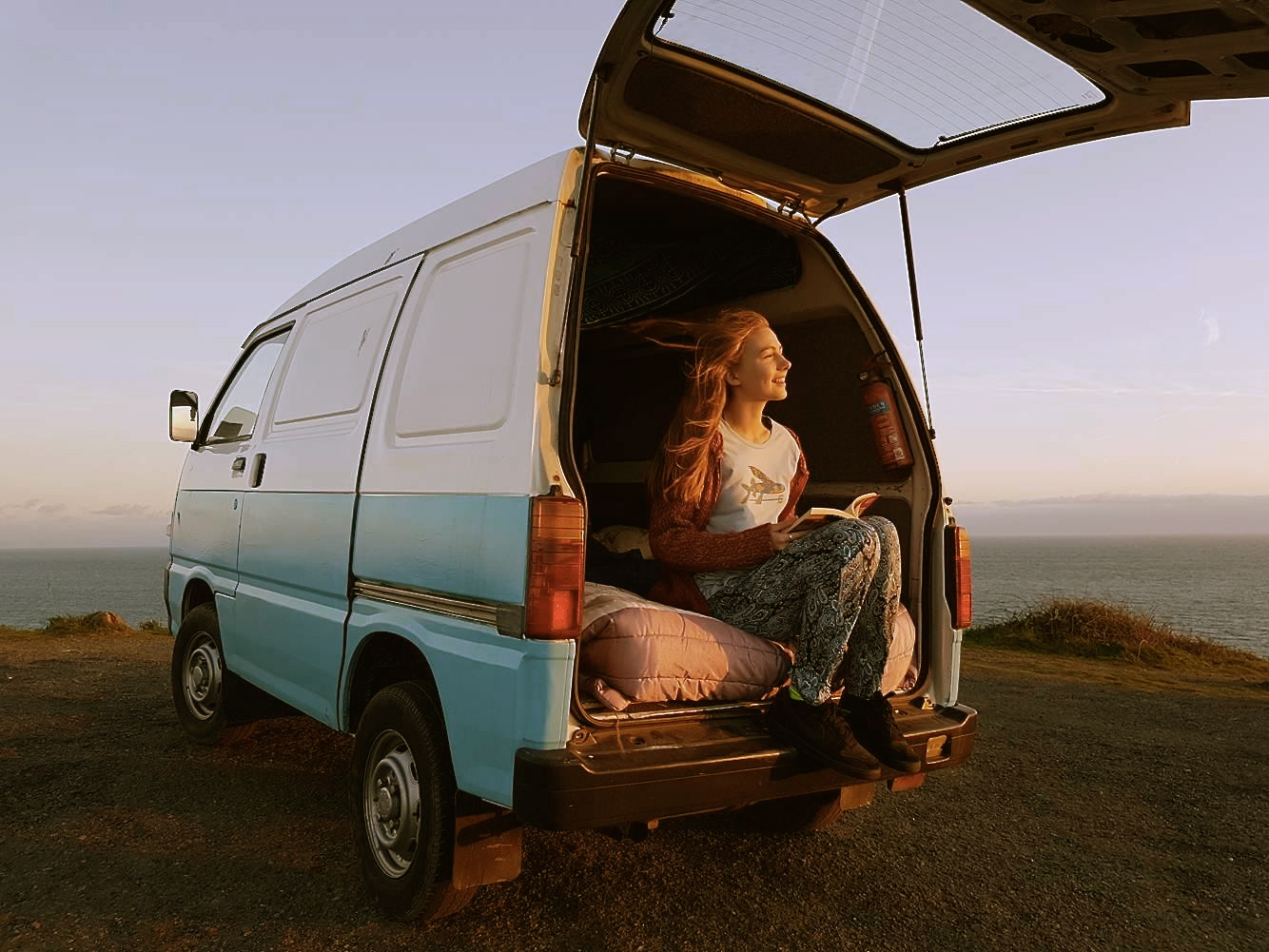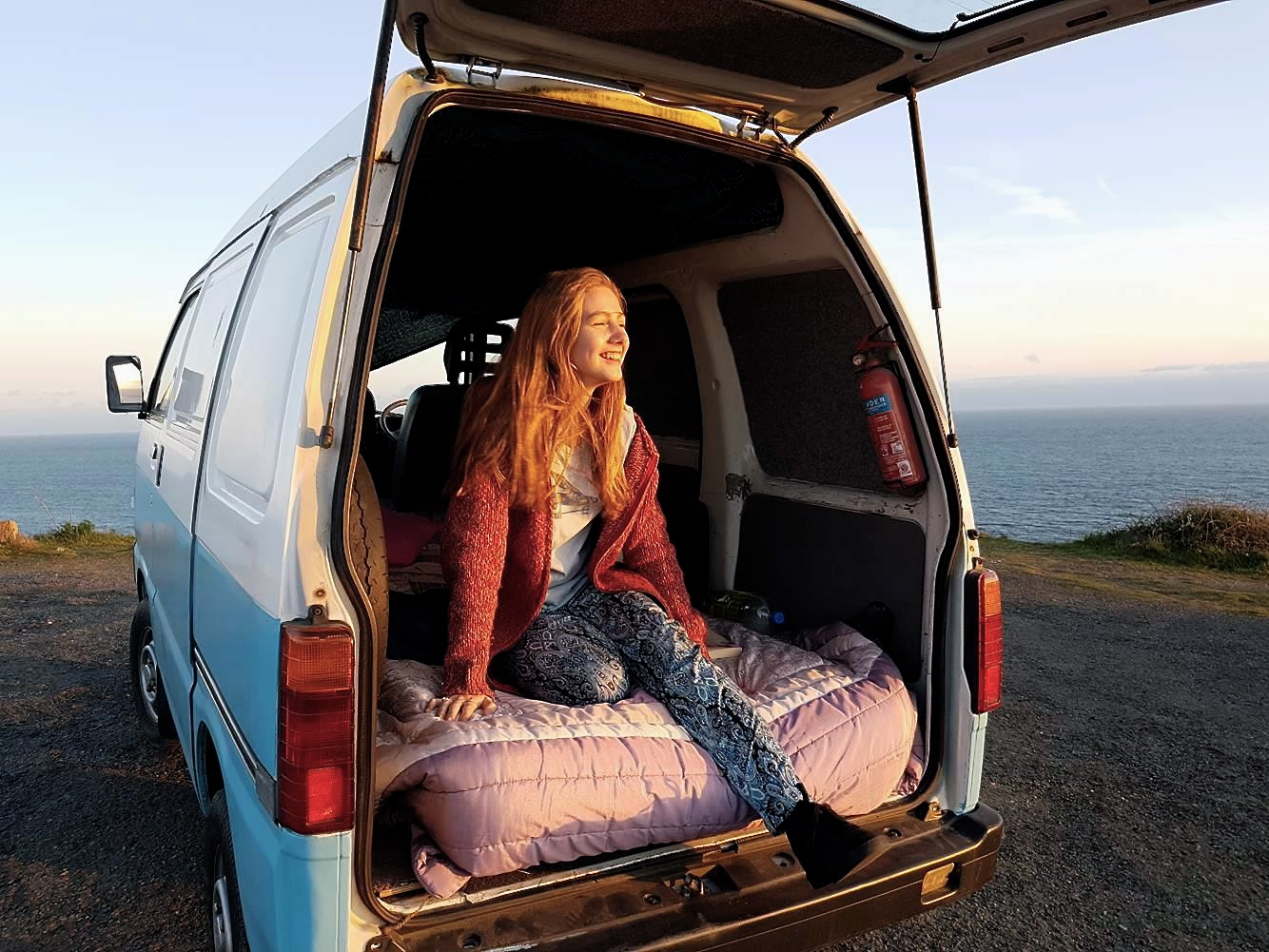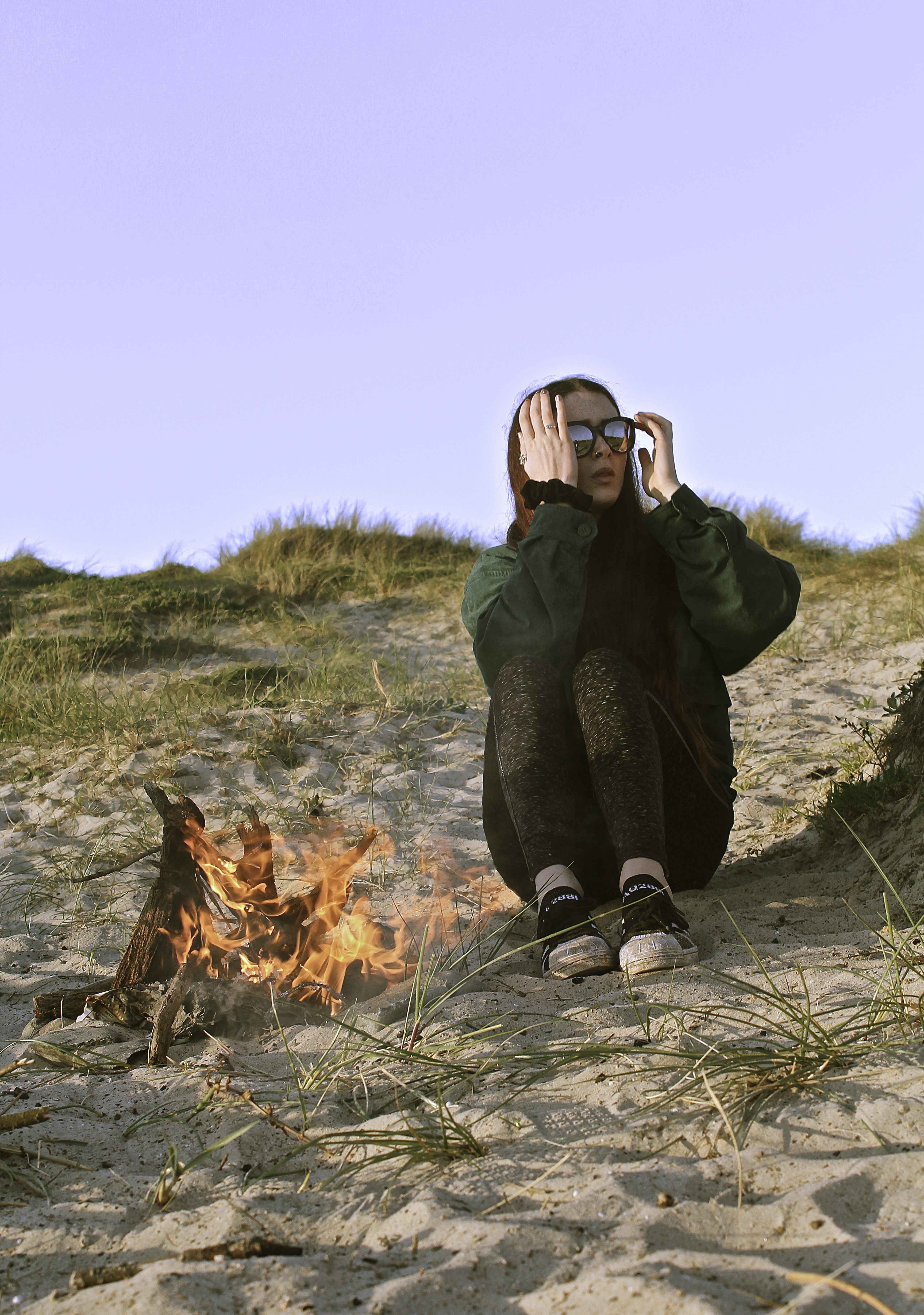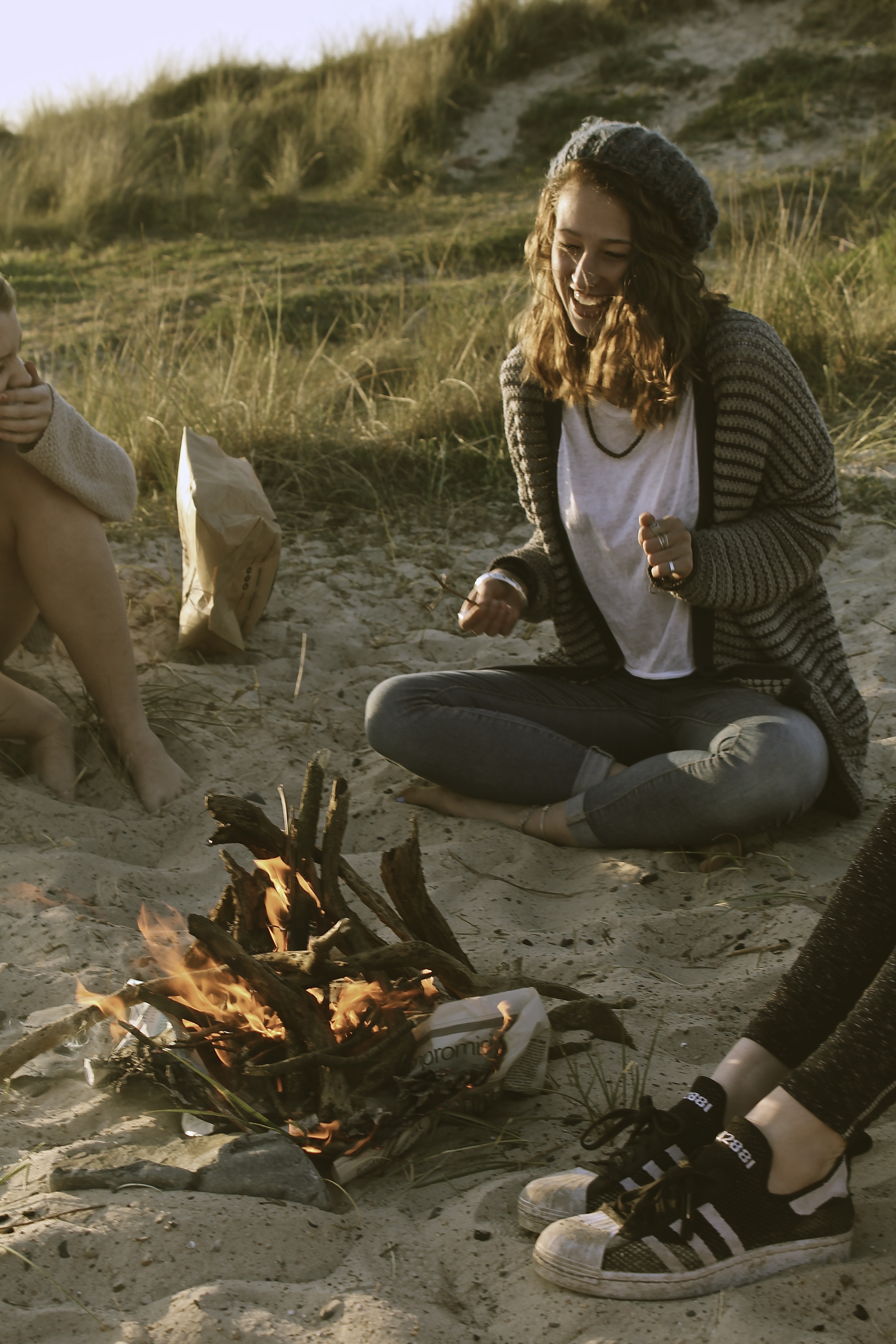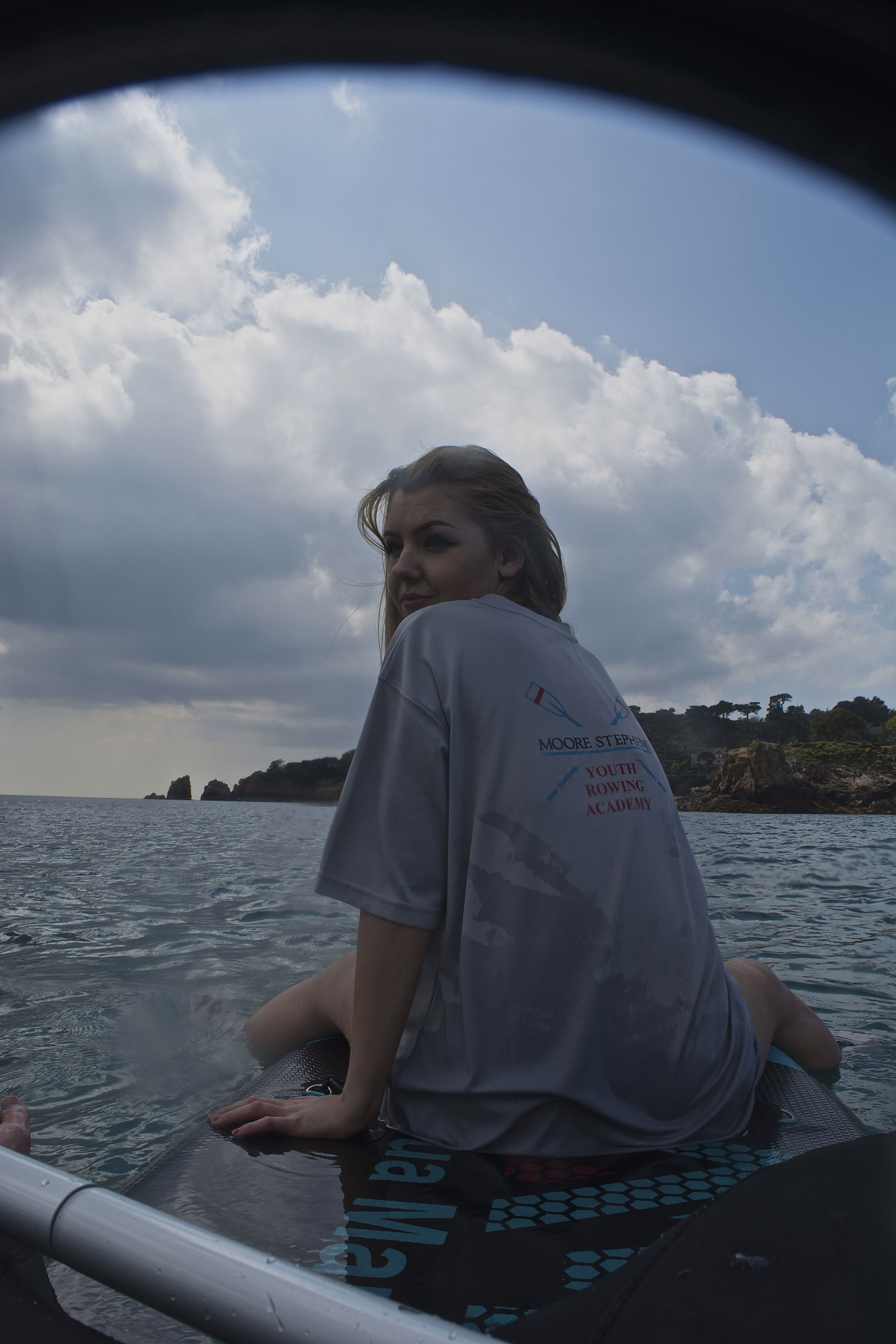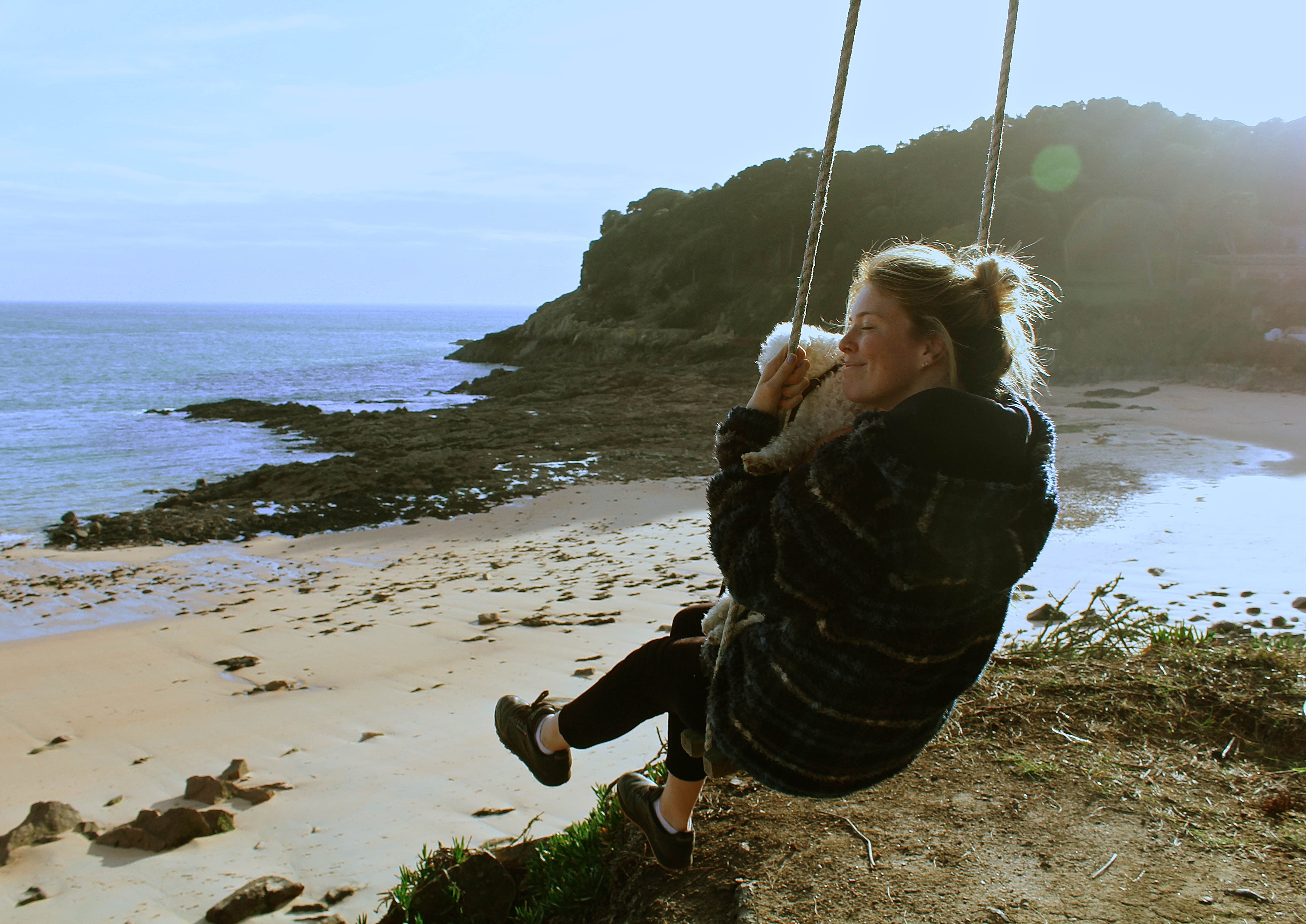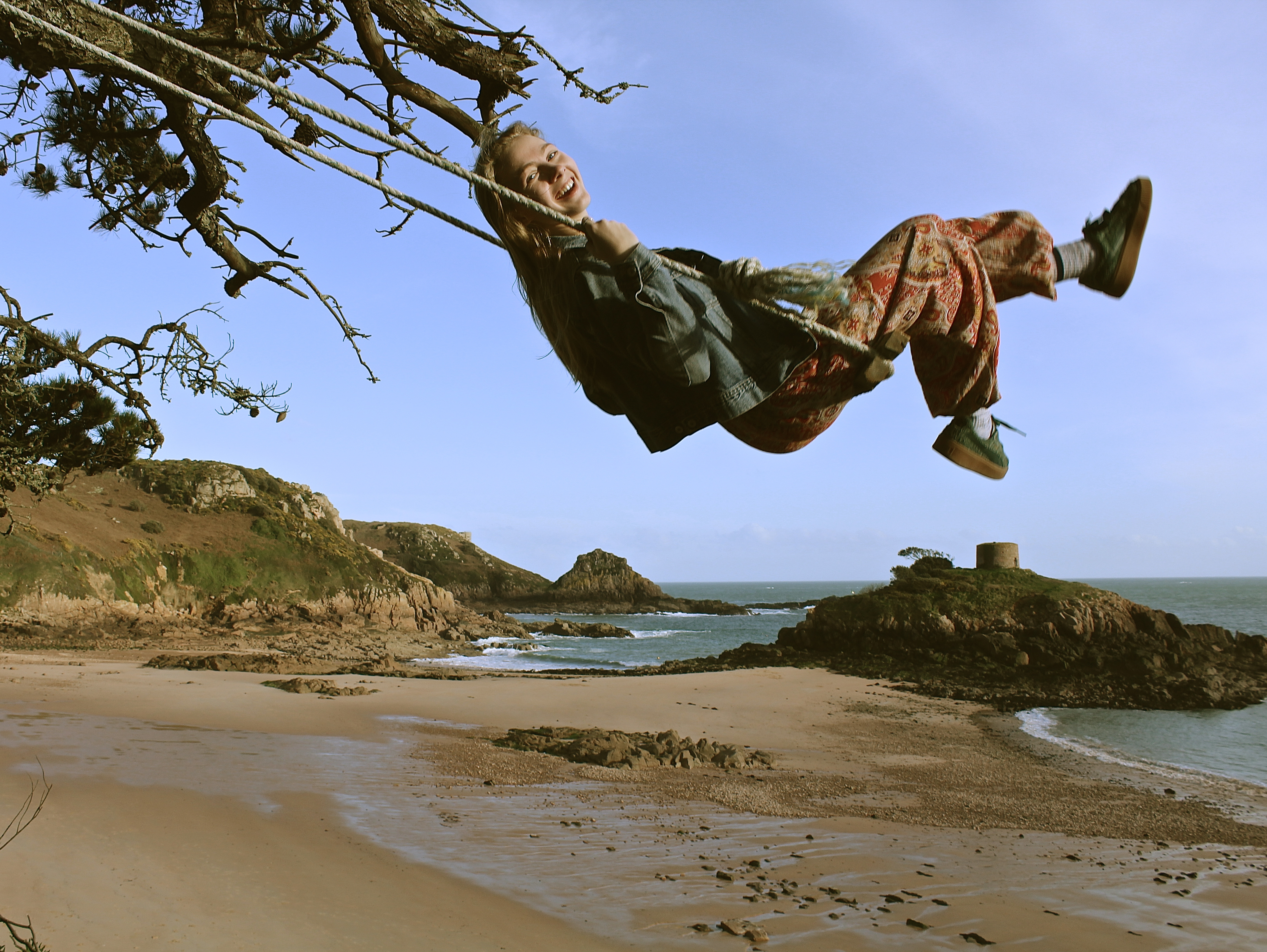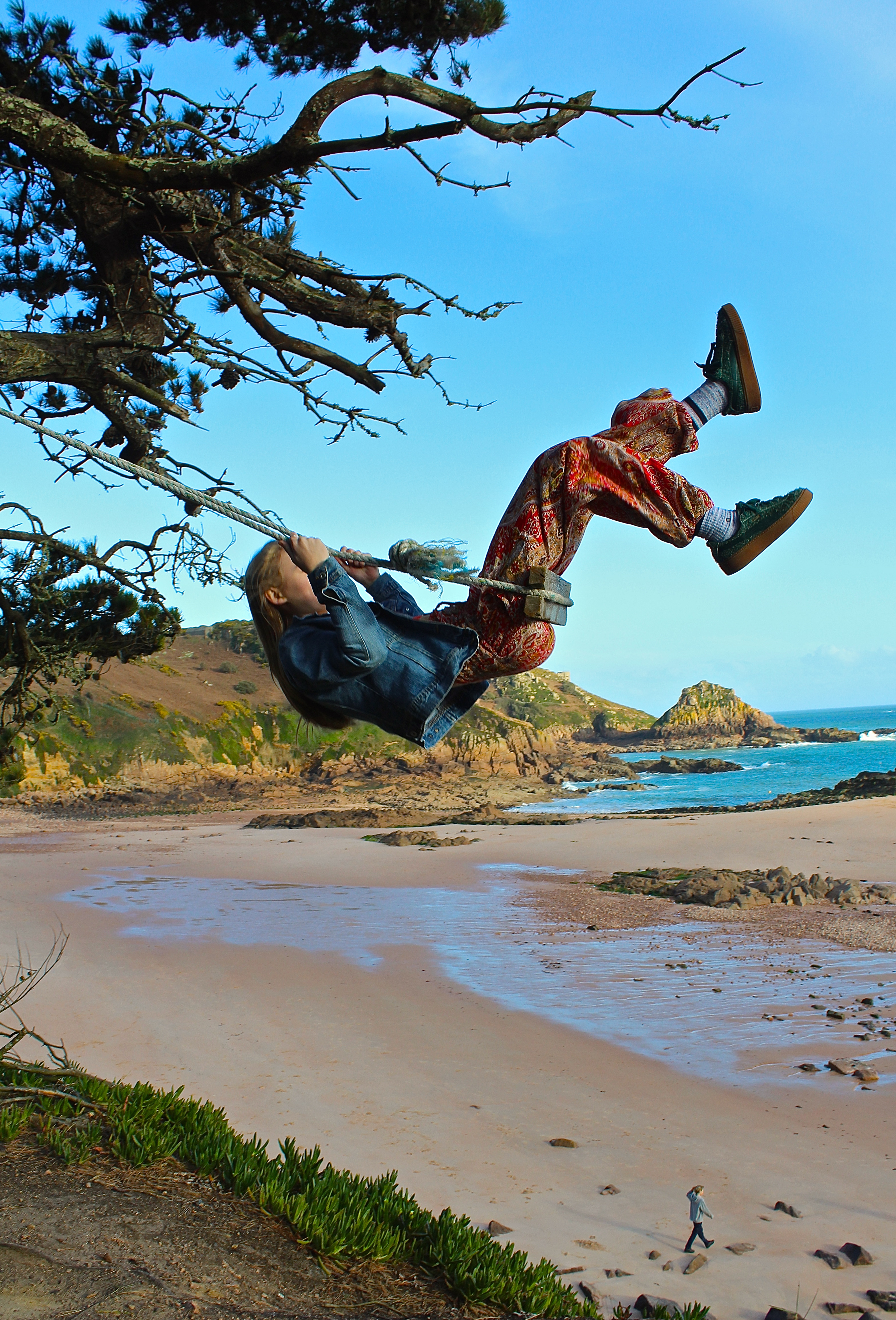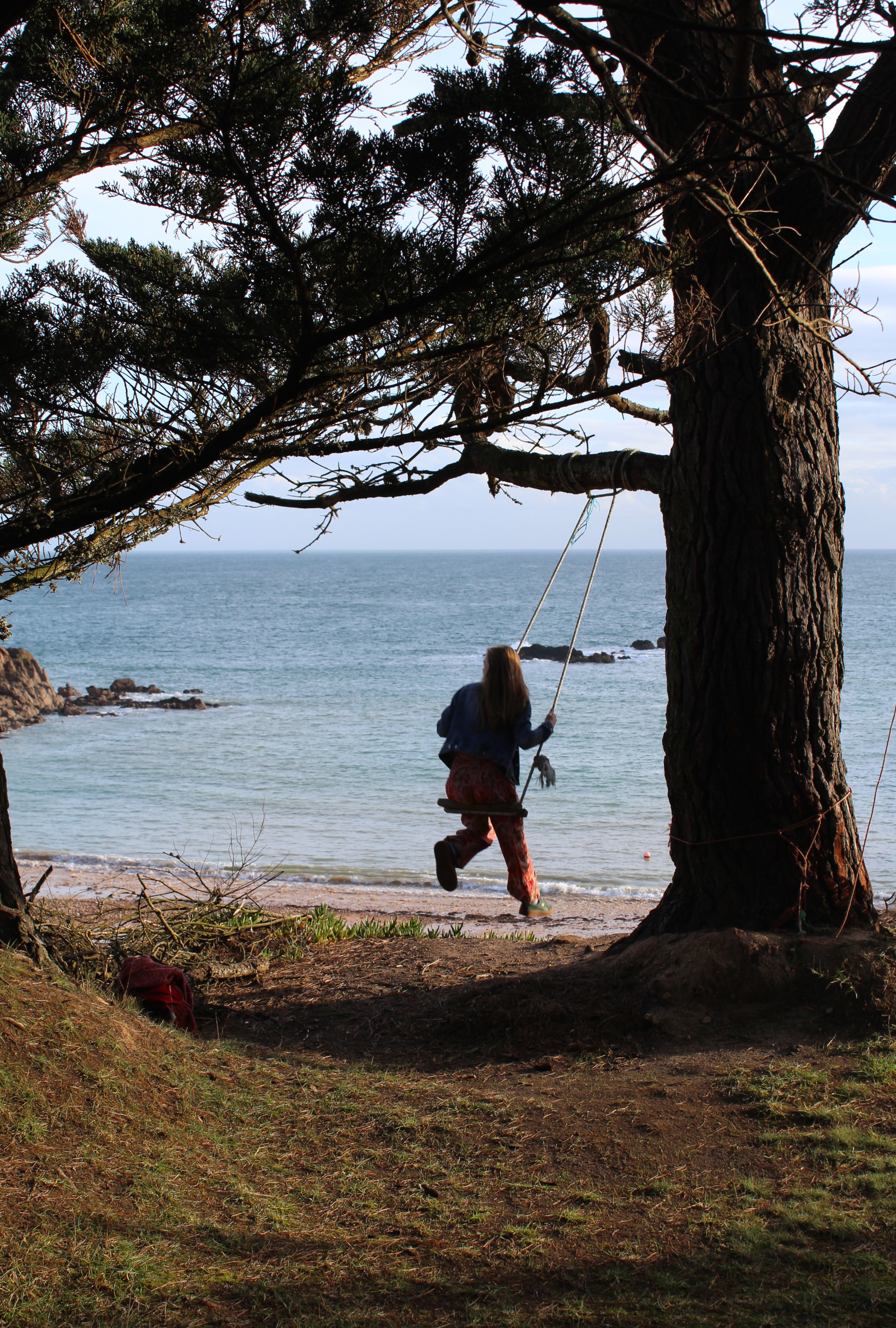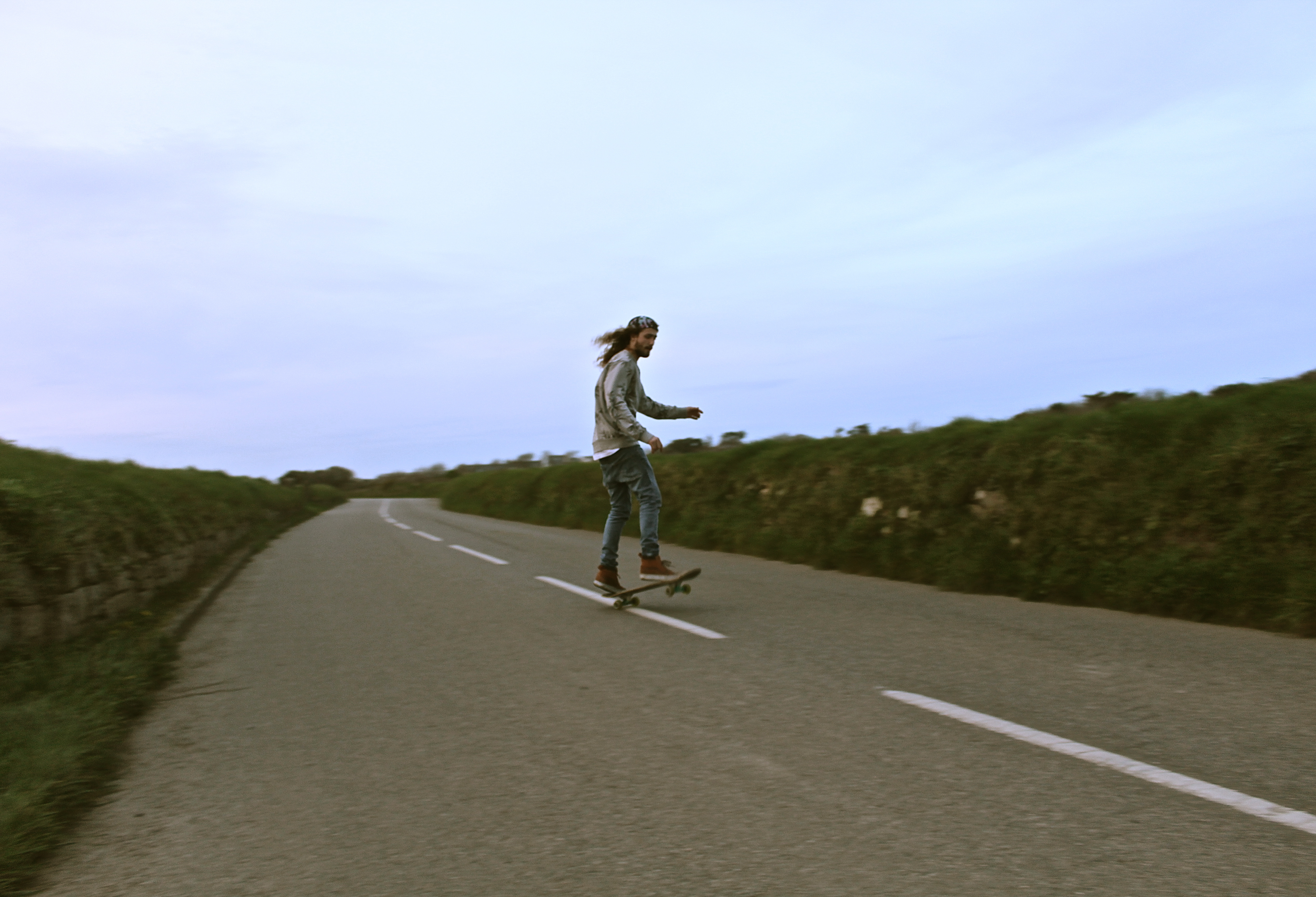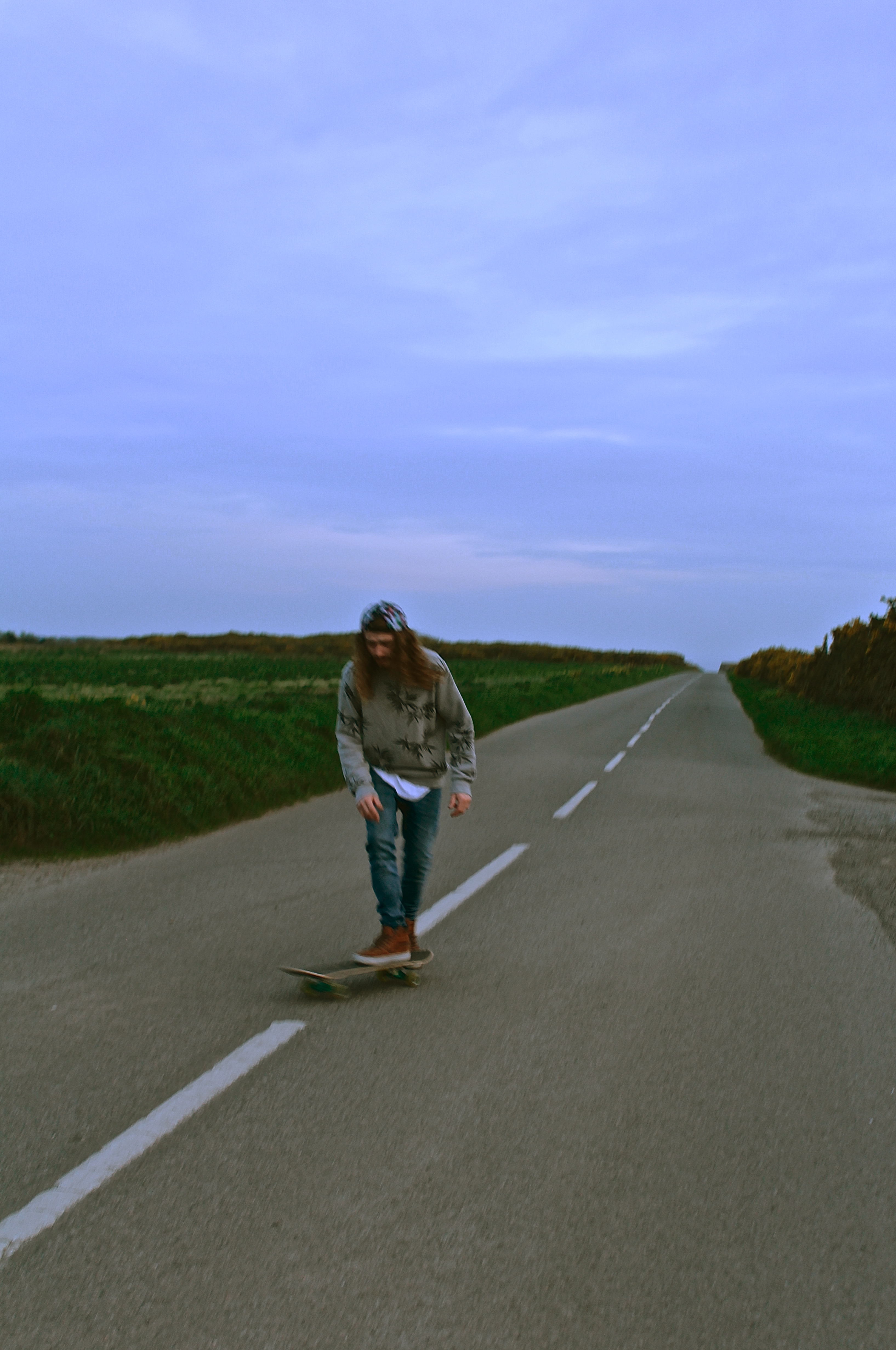Finally, after doing artist research and choosing my favorite selection from my shoots, I was able to produce my own book for my project ‘Environments’. After designing my book I definitely knew it was the right way to present my shoots, as it allowed all of my photographs to flow.
Here is a link to my photobook: Nomadic Soul
Thumbnail of book layout;
The reason for print-screening the book in a thumbnail version was because its more visually easy to see why I choose my certain layout. When designing the book I had to think about spreading out the double spread pages, the black and white images, and certain layouts. I had to make sure all images on the page next to each other worked well together. Another important thing when editing is if a page has a similar layout to another one, they have to have the same padding etc, so it looks organised and neat.
Digital version of my book;
I believe the title of the book is very important aspect. Titles should convey not only a sense of the book’s subject, but also a feeling. The title you choose for your photo book sets the tone, hints at the genre or style of book, and draws the reader in. It’s your very first opportunity to “market” your book and make someone want to read it. I finally came up with the name ‘Nomadic Soul’ this was due to the word nomadic meaning living the life of a nomad; wandering, and a soul is an emotional or intellectual energy or intensity, especially as revealed in a work of art or an artistic performance. I found this title was perfect for what I was trying to represent as I wanted to represent a lot of energy and intensity of a traveler.

Unlike the artists such as Juergen Teller, Corinne Day and Theo Gosselin, who’s photo books I decided to analyse I decided to put the title and my name on the first page. This is due to me wanting my first image to be a double page spread, and this wasn’t possible without having a first blank page, so I thought I would just make the most of this page, and immediately tell the reader what I was going to show them in my book. This was due to the title being on the first page working well with the rest of the layout.

It is crucial to use the perfect first image, as it makes or breaks whether the reader is going to carry on reading it or not. The reason for the choice of this image is because the book is representing a journey, and there is no better way to represent this than by a photograph inside a car, which isn’t stationary.



Every 4-6 pages I choose to have a double page spread, as it would break up the smaller images, and is almost like having different chapters in written books. It gives it a stronger structure and shows principal images. The images I’ve chosen for double page spreads also tend to be some of my favorite images, as they have so much detail and interesting aspects to them. The difficult thing about selecting my double page spreads was the fact most of my images had someone featuring in them, and usually tended to be central of the image, which made it difficult for designing the book, as I didn’t want the people to end up being split by the binding of the book.

When selecting two images from different shoots on opposite pages, I would make the images link in a certain way, for example below one can see that the girl on the right page looks as if she’s looking up at the girl on the left page, this is shown again two images below. Therefore I had to think about the composition of the images before putting them in a certain layout.




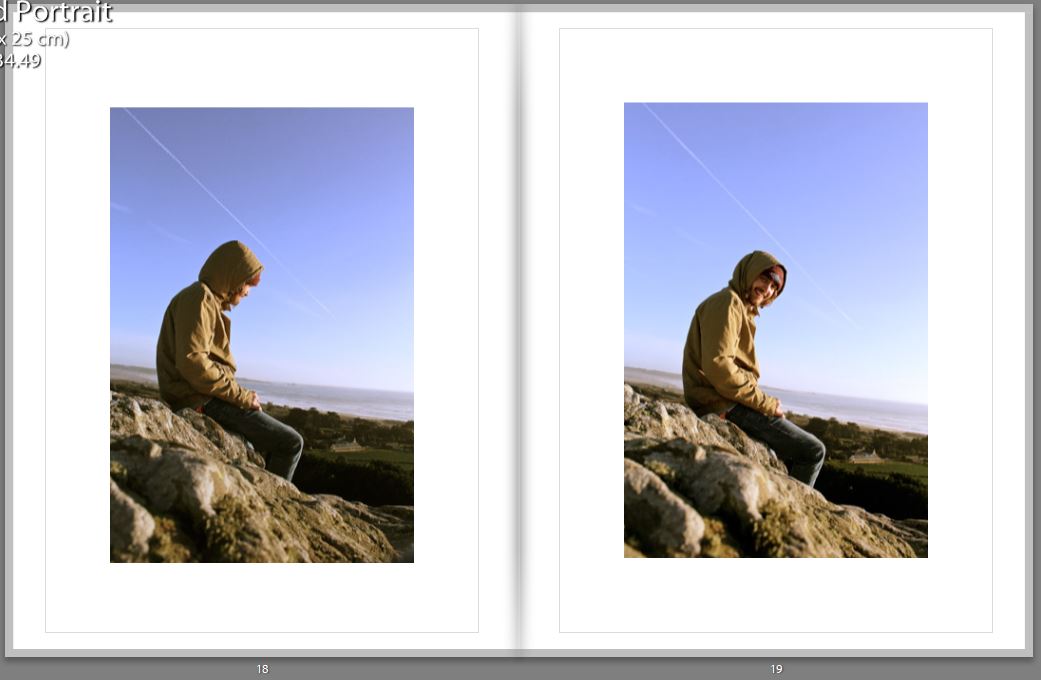

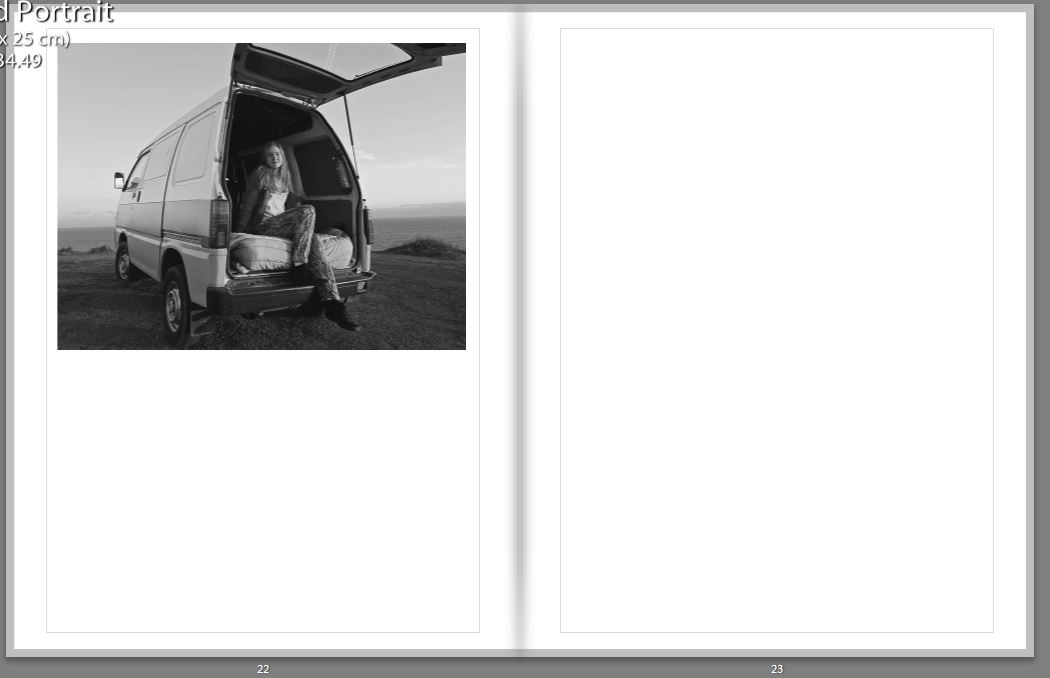
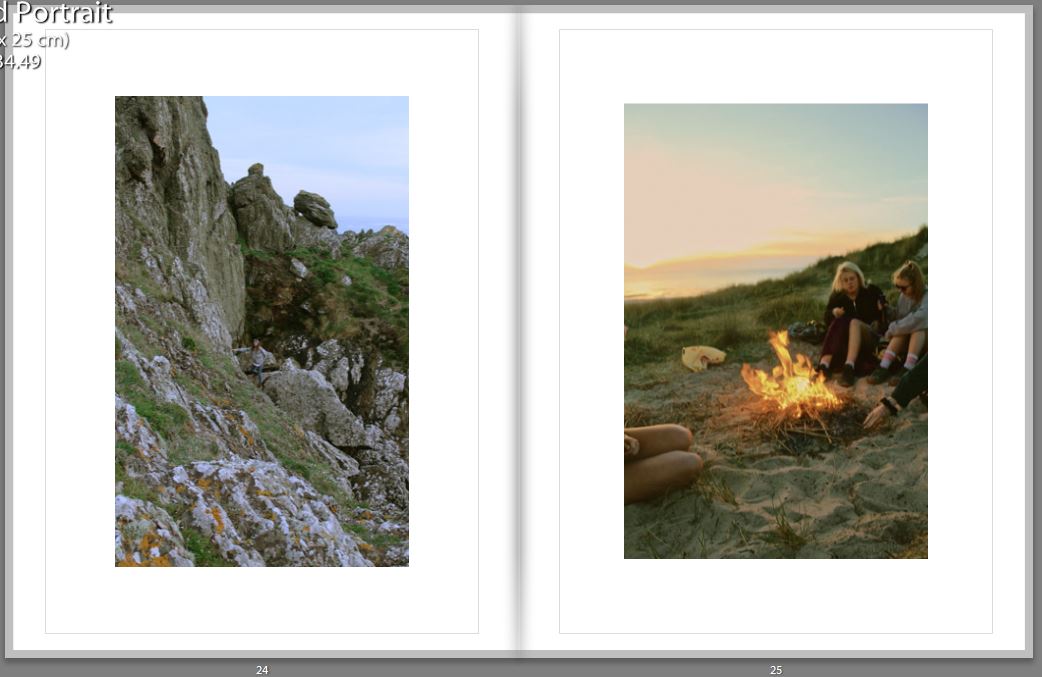









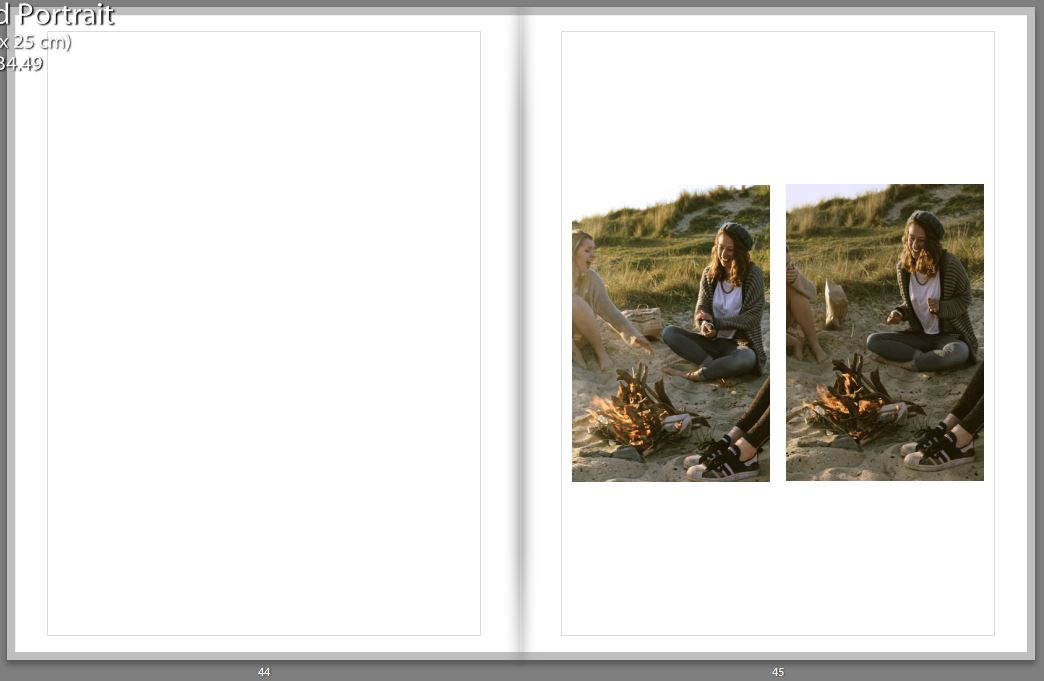
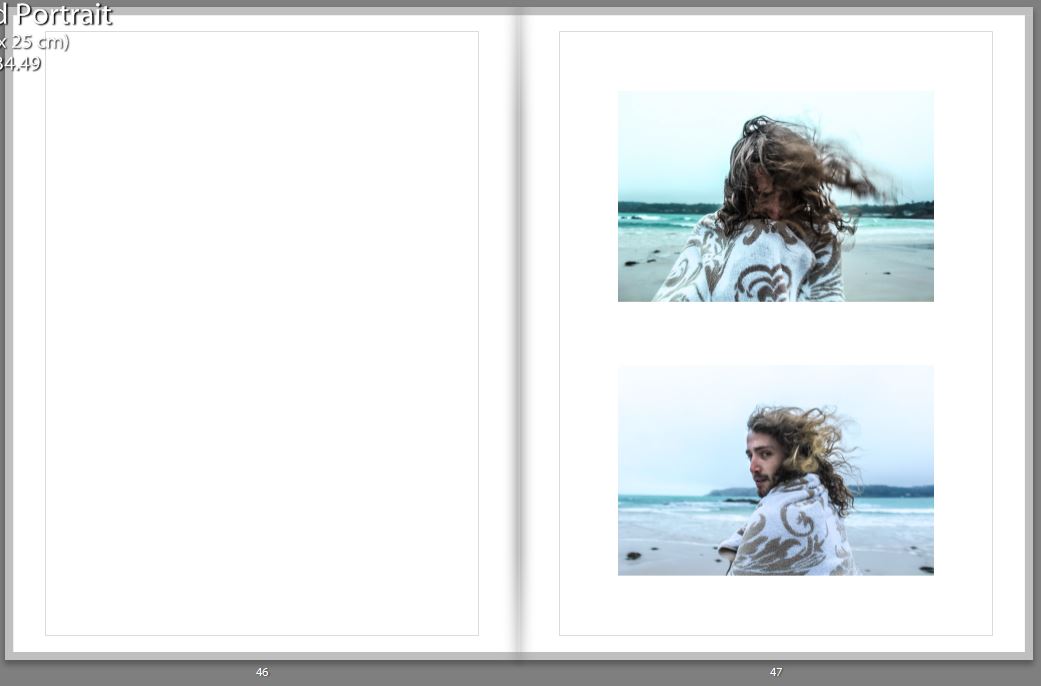




For my final image shown in my book, I choose a similar one to the first image as they both represent the journey. By having this as the last image, it looks as if even though the journey for the reader has finished, the journey for the people featuring in the book hasn’t finished.




